
AeroGenie: il tuo copilota intelligente.
Tendenze
Categories
Investigation into Piper Business Jet Failure
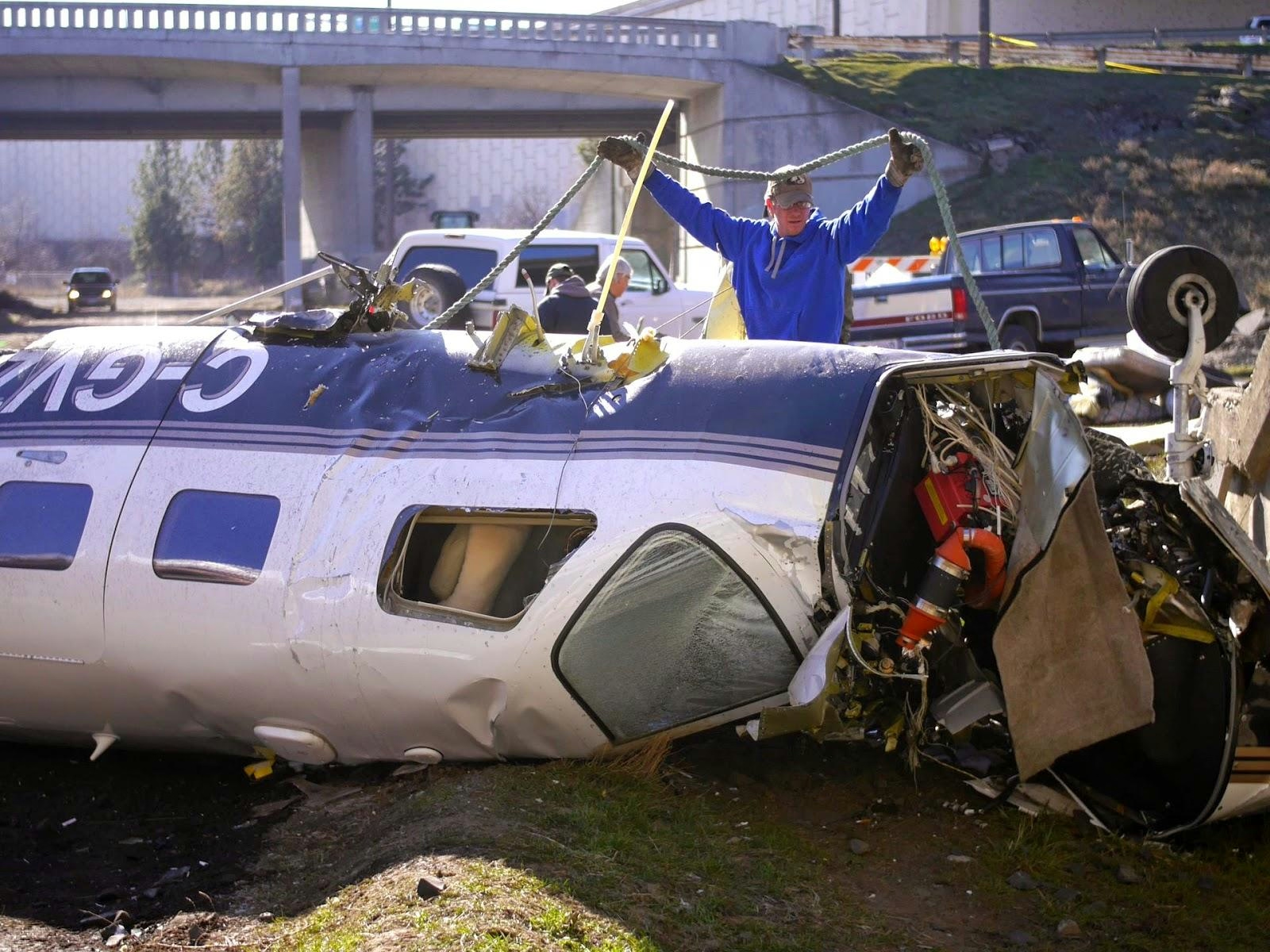
Investigation into Piper Business Jet Failure
When the distinctive, tail-mounted single-engine PiperJet took to the skies for its maiden flight in Vero Beach, Florida, in the summer of 2008, it represented a bold new direction for Piper Aircraft. Powered by a Williams FJ44-3AP engine and promising a cruise speed of 360 knots at 35,000 feet, the PiperJet marked the company’s inaugural venture into jet propulsion—a significant departure for a brand historically associated with the iconic yellow J-3 Cub and a legacy of piston and turboprop single-engine aircraft. Early test flights were promising; the jet reached 10,000 feet and 160 knots on its debut, and Piper reported over 200 customer deposits for the $2.2 million “personal business jet” designed for owner-pilots.
By the time the rebranded PiperJet Altaire was unveiled at the 2010 National Business Aviation Association convention, however, the market environment had shifted dramatically. The global financial crisis had severely weakened demand in the light jet segment, and Piper itself had undergone ownership changes. In 2009, American Capital sold the company to Imprimis, a private equity fund backed by Brunei investors. The new ownership injected capital and set ambitious goals for global expansion, particularly targeting the Asian market. Piper CEO Geoffrey Berger described this period as “a new era in aviation history.”
Redesign and Renewed Optimism
Under Imprimis’s stewardship, Piper accelerated production efforts, opened international offices, and reimagined its jet offering. The Altaire featured a larger, rounder fuselage to provide a more spacious cabin and improved aerodynamic performance. The company expanded its engineering team by more than 140 members, invested in a new 75,000-square-foot assembly facility, and projected certification by 2014. Executives positioned the Altaire as the natural successor to Piper’s M-Class turboprops, promising jet performance combined with turboprop-level operating economics and a backlog sufficient to sustain three years of production.
The aircraft’s unique design—featuring a single engine mounted atop the fuselage and integrated into the vertical tail—addressed asymmetric thrust concerns but introduced new engineering challenges. The high thrust line caused pitch changes with power adjustments, which Piper sought to mitigate through a Coanda-effect exhaust nozzle that subtly varied thrust angle with speed. Test pilots reported that pitch effects were less pronounced than those experienced on some propeller-driven aircraft. Nonetheless, certifying a single-engine jet to operate at 35,000 feet presented complex technical and regulatory challenges, particularly in areas such as pressurization, icing protection, and system redundancy. The Federal Aviation Administration (FAA) expressed reservations about approving such a high operational ceiling for a single-engine jet.
Market Realities and Industry Context
As engineering efforts progressed, economic pressures intensified. By 2011, escalating development costs compelled Piper’s management to defend the project amid a sluggish market environment. The investigation into the Piper Business Jet’s failure now unfolds against a backdrop of renewed resilience in the business aviation sector. In the first half of 2025, business jet shipments increased by 10%, reflecting robust demand despite ongoing tariff uncertainties. Competitors have responded strategically, with some establishing U.S.-based manufacturing operations to navigate tariff policies, while the preowned jet market has stabilized and forecasts for late 2025 and 2026 remain positive.
Although new tariffs on Brazilian-built aircraft could impact Embraer’s exports, the broader market outlook remains cautiously optimistic. Normalized pricing and stable tariff conditions are contributing to a favorable environment, suggesting that while Piper’s jet ambitions faltered amid economic and regulatory headwinds, the business aviation sector as a whole continues to adapt and advance.
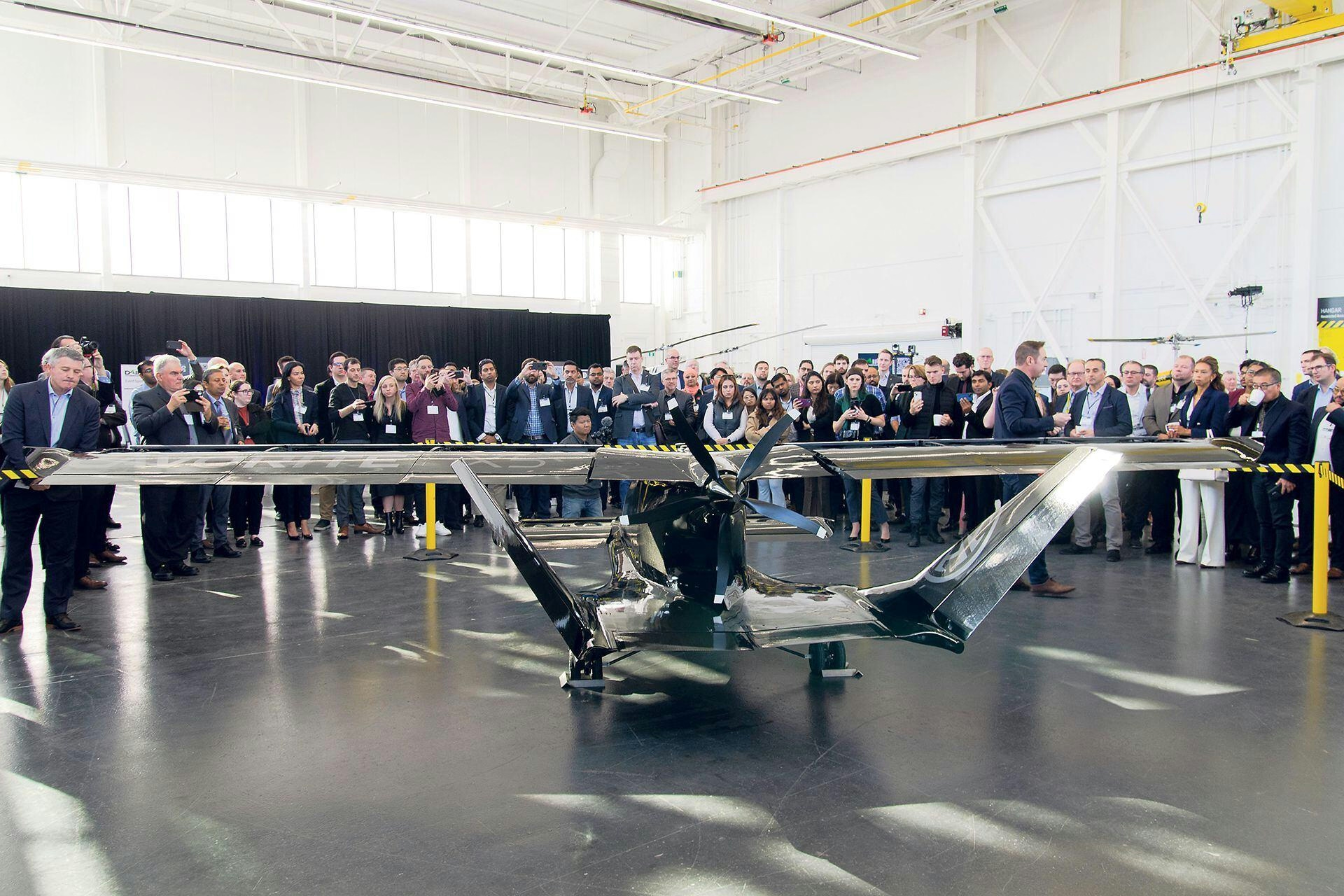
Toronto Hosts Global Airport Leaders to Discuss Innovation and Growth in Aviation
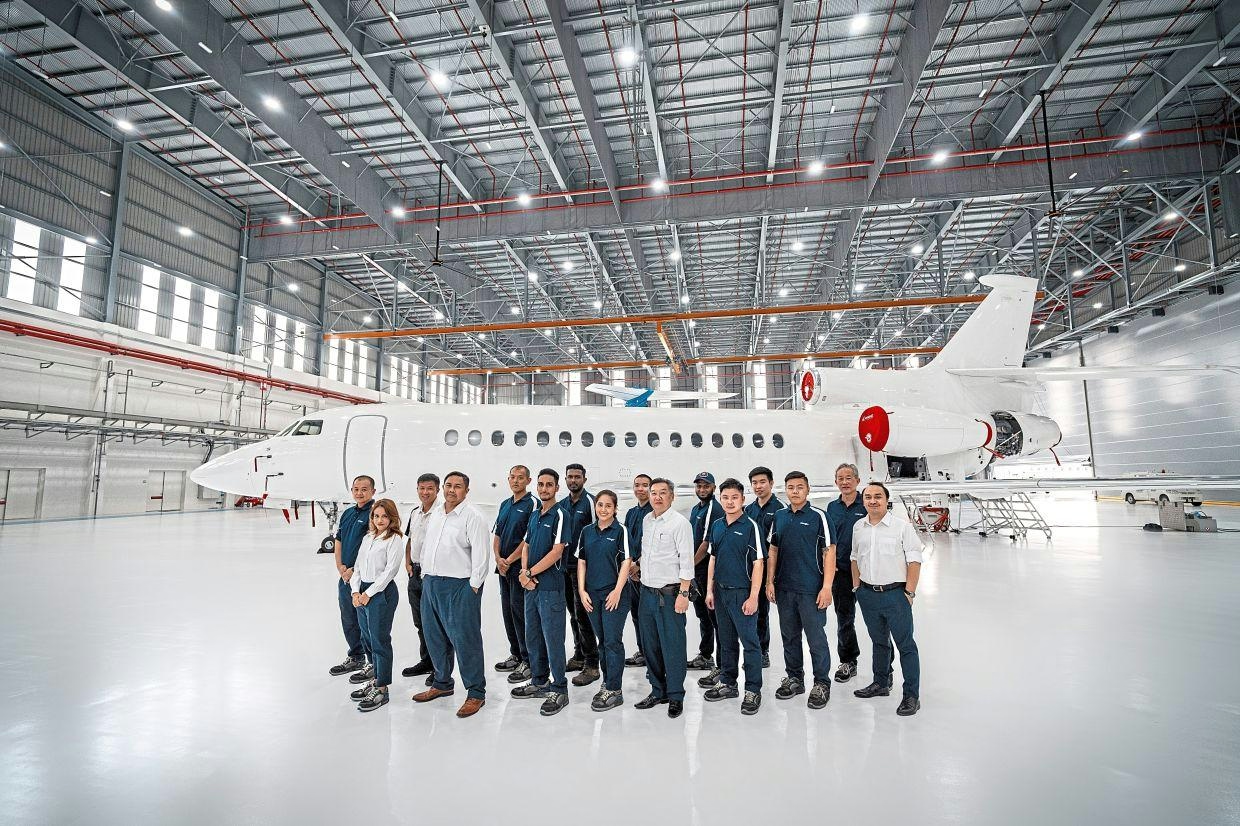
ExecuJet MRO Services Australasia Celebrates 25 Years

IT Outage Disrupts Alaska Airlines Flights
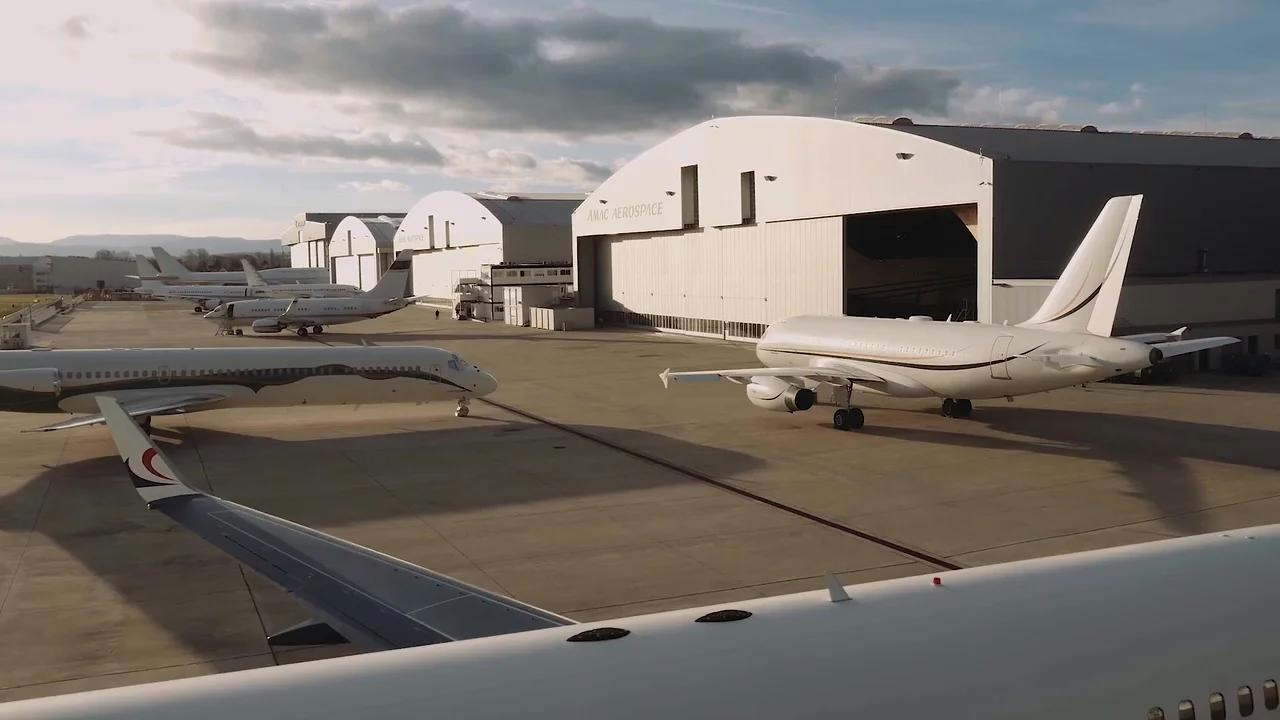
AMAC Undertakes MRO Projects for Global Express XRS and Falcon 2000
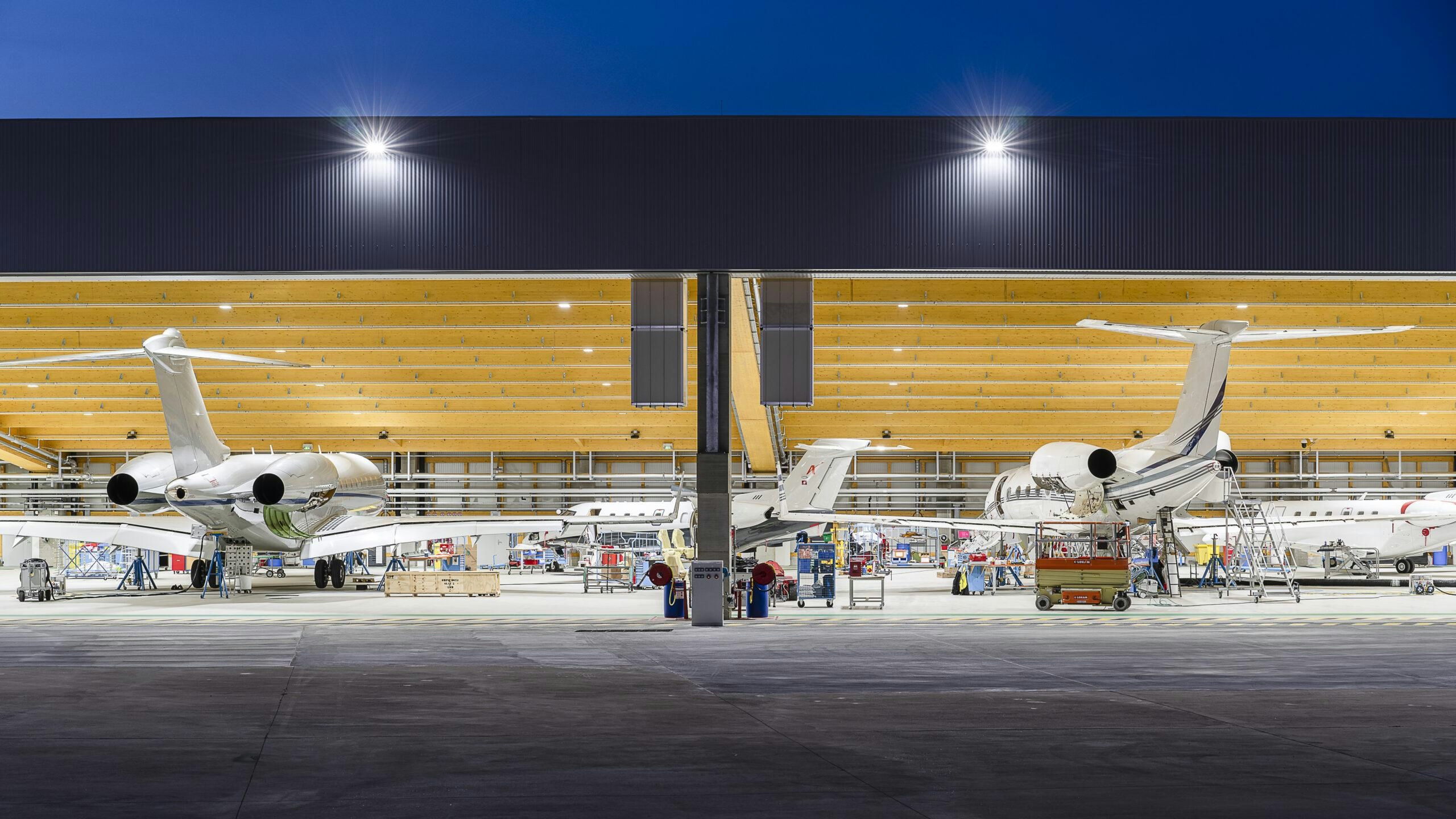
Strong Demand for PPIs at AMAC Aerospace
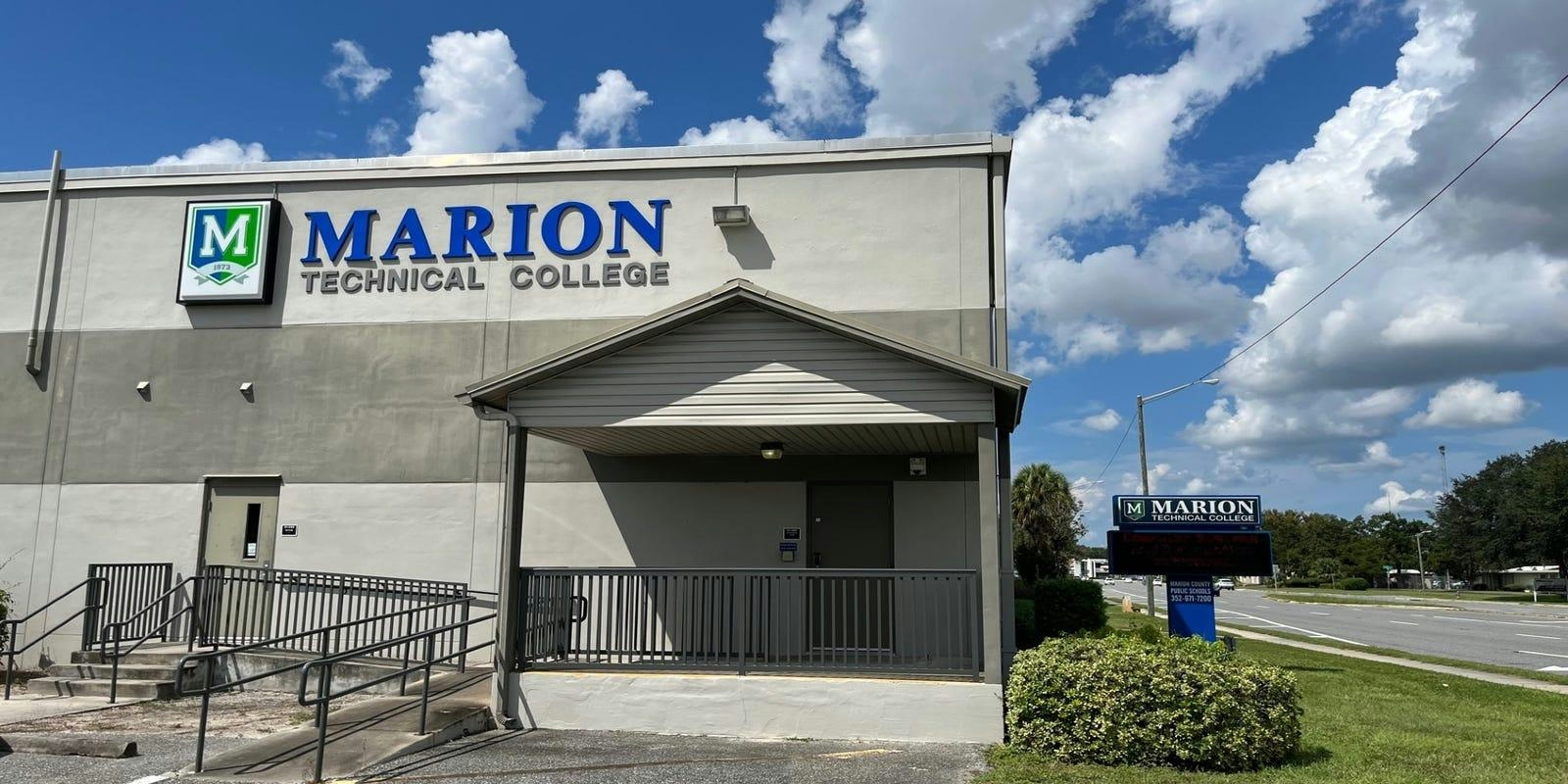
Marion Technical College Introduces New Aviation and Diesel Programs
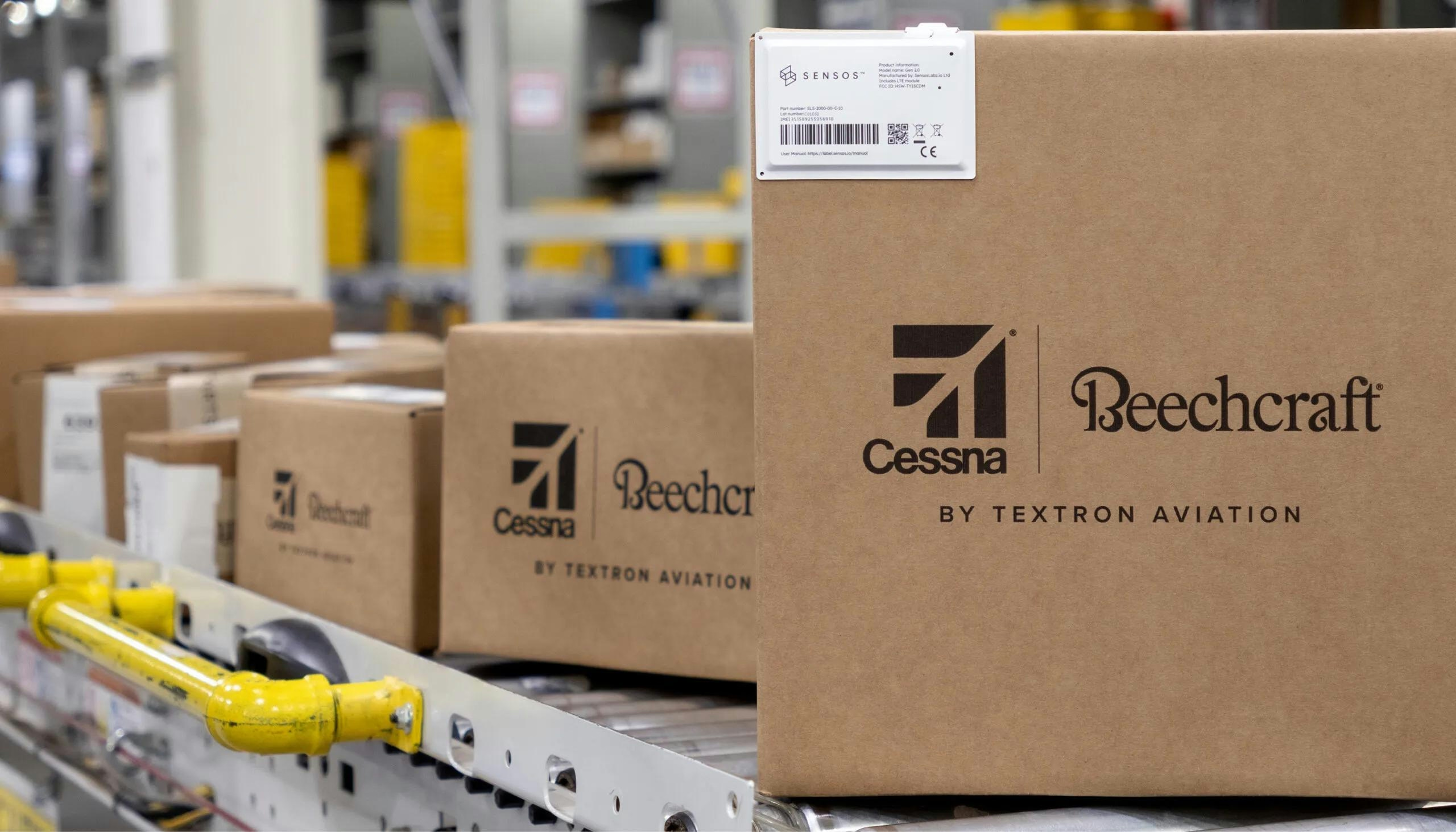
Textron Aviation Introduces Wireless Trackers for Parts
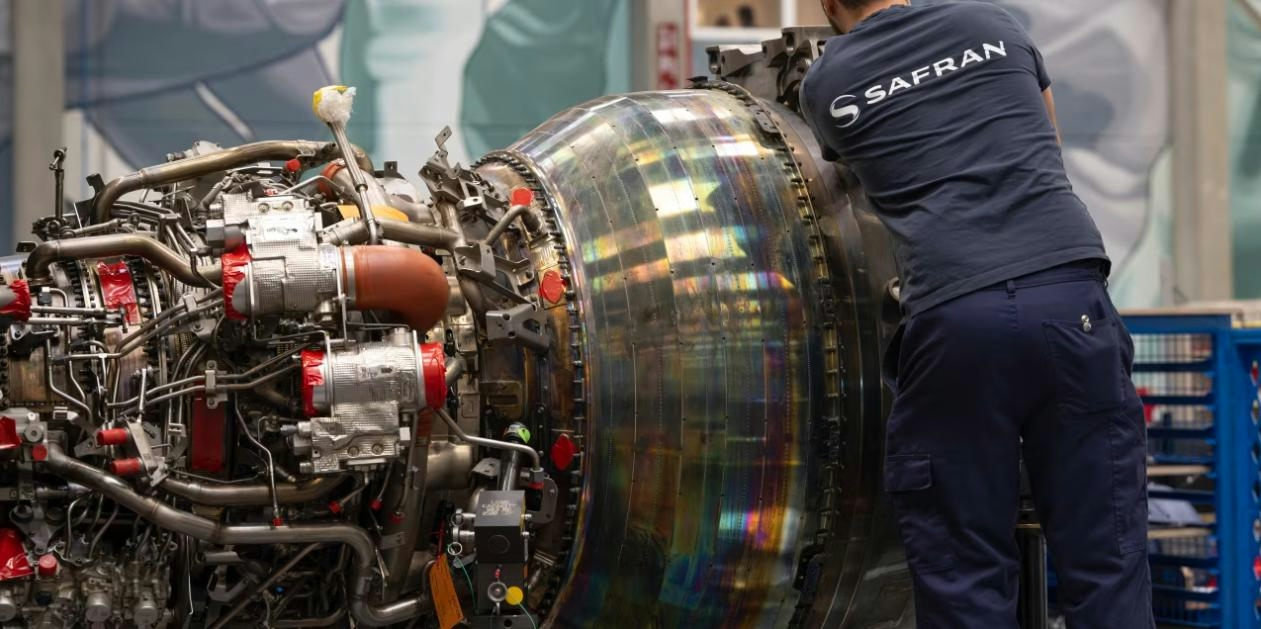
Safran Raises Outlook Following Strong Quarter in Jet Engine Services
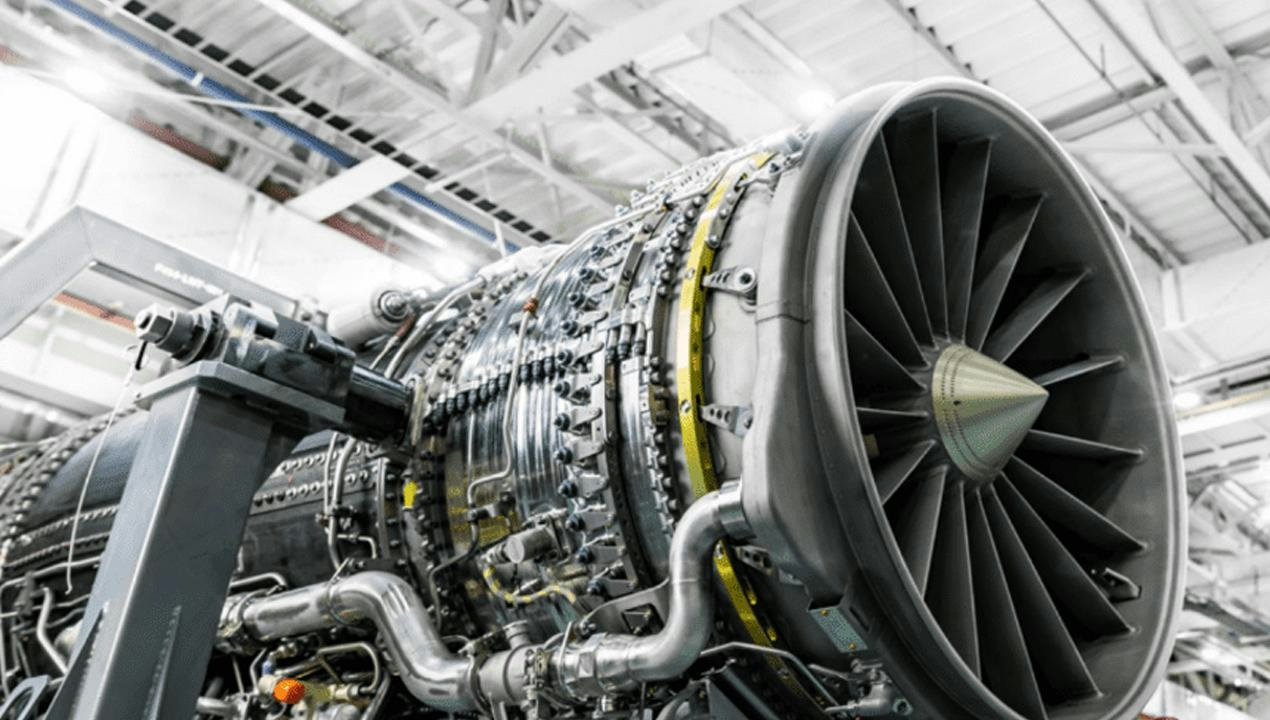
Hanwha to Manufacture GE Aerospace Engines for South Korean Aircraft
